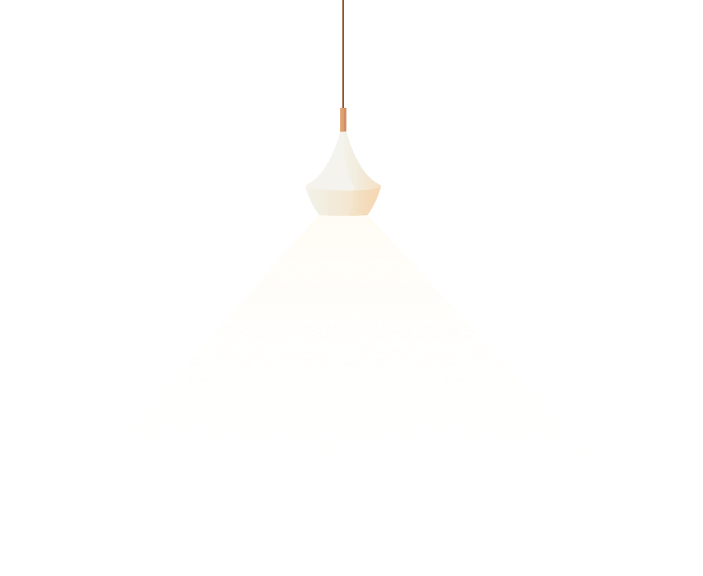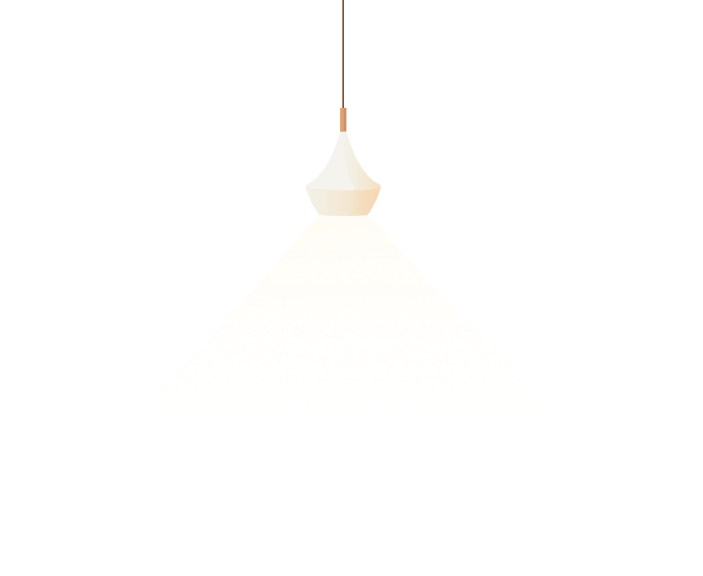Design A Concept Map That Compares And Contrasts
Design A Concept Map That Compares And Contrasts
Are you planning a trip and looking for the best places to visit? Do you want to learn about the local culture and compare different destinations? In this article, we will guide you through the process of designing a concept map that compares and contrasts the top tourist attractions around the world.
Traveling can be overwhelming, especially when you have to choose between different destinations and activities. It can be challenging to find reliable information about the best places to visit and the cultural significance of each location. Moreover, it is essential to compare and contrast different destinations to make an informed decision that fits your preferences and budget.
The primary goal of tourist attractions is to offer visitors unique experiences that showcase the local culture and history. Different destinations have different features, such as natural landscapes, historical landmarks, or artistic expressions. Comparing and contrasting these attractions can help travelers choose the best itinerary that matches their interests and expectations.
In this article, we discussed the pain points related to traveling and the importance of comparing and contrasting different tourist attractions. We explained the target of these attractions and how travelers can benefit from designing a concept map that highlights the similarities and differences between destinations. We also provided a personal experience that showcases the benefits of such an approach. Finally, we addressed common questions and concerns related to designing a concept map for traveling.
Designing a Concept Map That Compares and Contrasts
Designing a concept map for traveling can be a fun and informative experience. It allows you to visualize different destinations and activities and compare their features and benefits. To create a concept map, start by choosing the destinations you want to visit and the activities you want to do. Then, identify the key features of each destination and group them based on similarities and differences. Finally, highlight the most significant advantages and disadvantages of each destination and assess their overall value for your trip.
Benefits of Designing a Concept Map
Designing a concept map can help you make an informed decision about your trip and avoid common mistakes. It allows you to compare different destinations objectively and assess their value based on your preferences and budget. Moreover, it helps you plan your itinerary more efficiently and avoid missing out on essential attractions.
Choosing the Best Tourist Attractions
Choosing the best tourist attractions depends on your interests, budget, and time constraints. Some destinations offer natural beauty, such as beaches or mountains, while others focus on history or culture. To choose the best attractions, consider your priorities and plan your itinerary accordingly. Moreover, research the local culture and customs to avoid any cultural misunderstandings or disrespectful behavior.
Planning Your Itinerary
Planning your itinerary is a crucial step in designing a concept map for traveling. It allows you to balance your time and budget and optimize your experience. To plan your itinerary, consider the distance between destinations, the time required for each activity, and the cost of transportation and accommodation. Moreover, leave some room for flexibility and spontaneity, as unexpected opportunities or challenges may arise during your trip.
FAQs
Q: How many destinations should I include in my concept map?
A: It depends on your preferences and the time available for your trip. We recommend choosing three to five destinations to compare and contrast effectively.
Q: How can I assess the cultural significance of each destination?
A: Research the local customs, traditions, and history of each destination. Moreover, visit local museums, art galleries, and historical landmarks to learn more about the cultural significance of each location.
Q: How can I compare and contrast different activities?
A: Identify the key features of each activity, such as the level of physical exertion, the cost, and the time required. Then, group similar activities based on these features and compare their advantages and disadvantages.
Q: How can I avoid common mistakes when designing a concept map?
A: Research each destination and activity thoroughly and consider the experiences of other travelers. Moreover, be open-minded and flexible and adjust your itinerary based on unexpected opportunities or challenges.
Conclusion
Designing a concept map that compares and contrasts different tourist attractions can help you make an informed decision about your trip and optimize your experience. By identifying the key features of each destination and activity, you can assess their overall value and choose the best itinerary that fits your interests and budget. Moreover, planning your itinerary carefully and being open-minded and flexible can help you avoid common mistakes and make the most of your trip.





